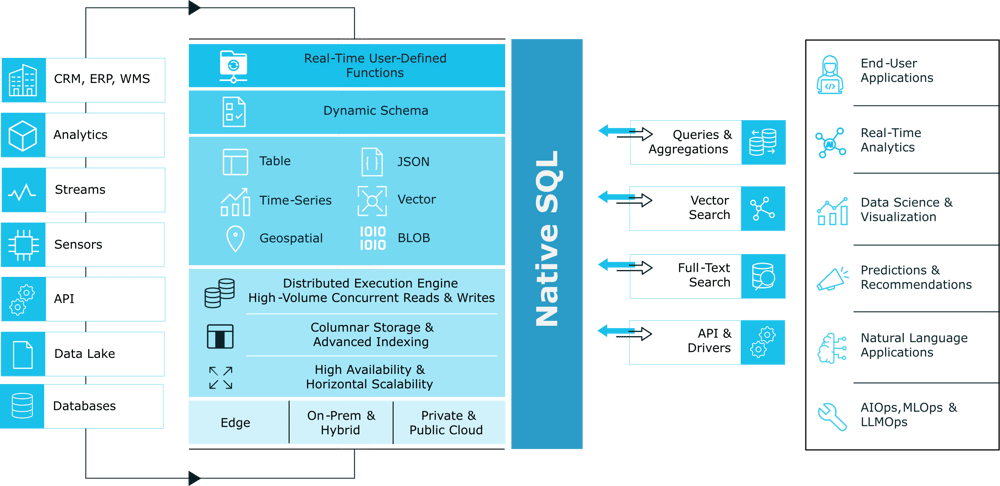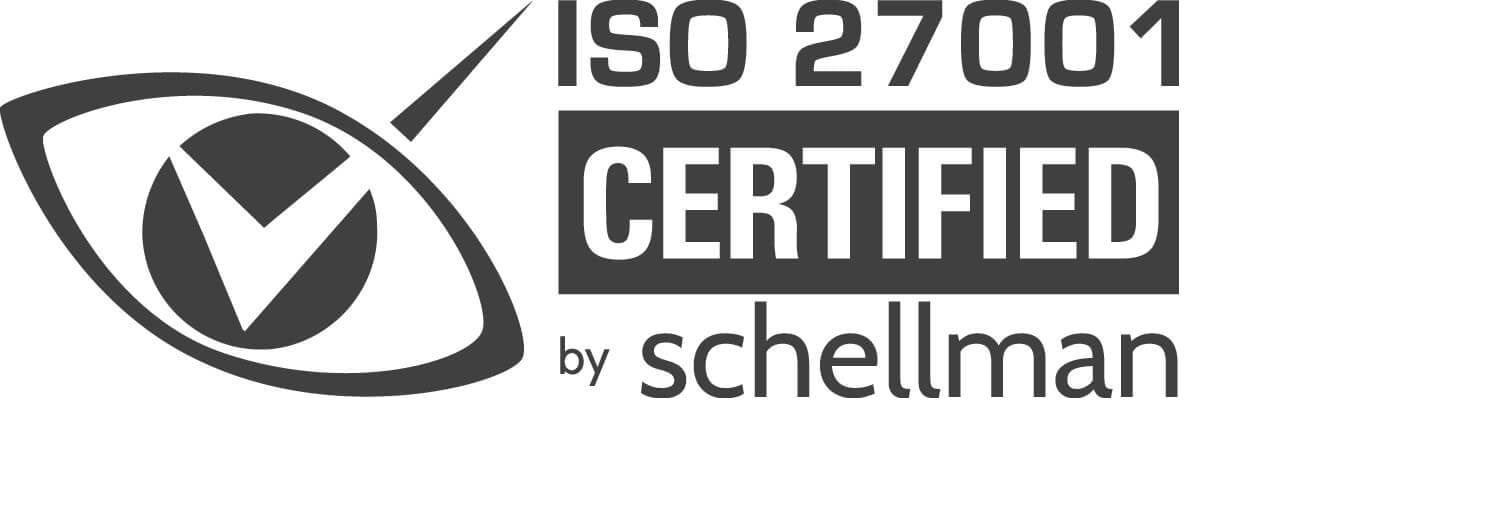Overview
Data-driven applications in today's world require fast response times, real-time insights, and constant improvement, which can be very challenging when integrating multiple data sources and databases together. CrateDB solves this problem by providing a unified representation for all types of data, enabling hyper-fast and scalable execution, and offering multiple deployment options.

Introduction to CrateDB
Key Concepts, Architecture, and Live Demo
Any Type of Data
CrateDB is a powerful multi-model database known for its versatility in handling time-series, document, and vector data formats within a single database and even within a single table. Its dynamic schema allows seamless adaptation to many other data formats.
Native SQL
CrateDB provides native SQL support, ensuring ease of use, flexibility, and seamless data integration across diverse ecosystems. It supports a broad spectrum of operations, including joins, aggregations, indexes, subqueries, and more, all accessible through SQL. CrateDB's implementation of the PostgreSQL Wire Protocol ensures compatibility with many other solutions.
Distributed Shared-Nothing Architecture
CrateDB employs a distributed shared-nothing architecture, allowing seamless scalability up to hundreds of nodes with minimal operational effort. Each node in the cluster is capable of executing every operation, ensuring equality across all nodes. This promotes high availability, even during data center outages or upgrades.
Data Storage
CrateDB optimizes data storage by partitioning and sharding large tables, ensuring balanced data distribution and improved query performance. It also combines the Lucene Engine and columnar storage to facilitate instant aggregations, advanced indexing strategies, and data replication at the table level for enhanced fault tolerance and read performance.
High-Volume Reads and Writes
CrateDB delivers superior performance by executing complex SQL queries on large datasets in milliseconds. Its distributed execution engine supports high-volume concurrent reads and writes, ensuring robust performance even under heavy loads.

Security
CrateDB ensures secure data management with its encryption and authentication mechanisms. With ISO 27001 certification, CrateDB Cloud meets international standards for information security management systems.

Open Source Licensing Model
CrateDB is an open-source database under the Apache 2.0 License, promoting transparency and flexibility. Its source code is accessible on GitHub, fostering community contributions. Users can customize CrateDB according to their needs or utilize it as a service through the CrateDB Cloud offering.
CrateDB Architecture Guide
This comprehensive guide covers all the key concepts you need to know about CrateDB's architecture. It will help you gain a deeper understanding of what makes it performant, scalable, flexible and easy to use. Armed with this knowledge, you will be better equipped to make informed decisions about when to leverage CrateDB for your data projects.
